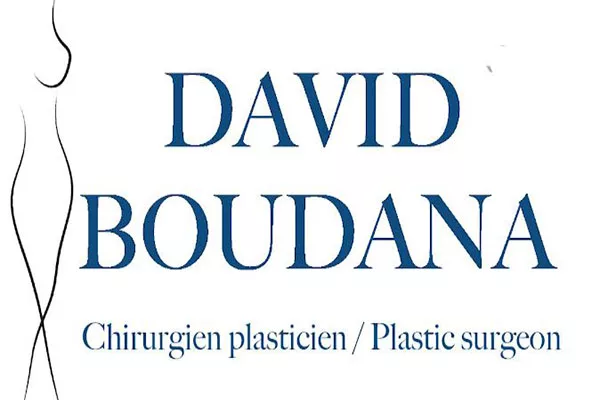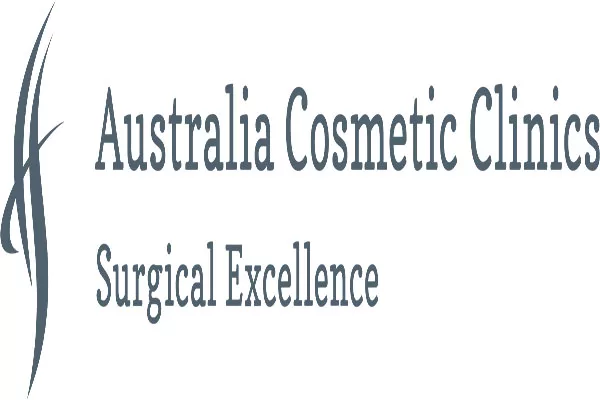Plastic surgery is a medical procedure that is becoming increasingly popular worldwide. One of the most common plastic surgeries is breast augmentation (BA), which involves the placement of breast implants to improve the size and shape of the breasts. The recovery process after BA is crucial for achieving the desired results and avoiding complications. In this article, we will discuss the phases of healing following BA, and the steps patients can take to ensure a smooth and successful recovery.
Immediate Post-Operative Period
The first phase of healing following BA occurs immediately after surgery. During this time, patients will be closely monitored by their surgeon and medical team to ensure their vitals are stable and there are no immediate complications. Patients will also be monitored for pain, swelling, and bleeding. It’s important for patients to have someone available to help them during this initial healing period, as they may feel groggy, tired, and uncomfortable while recovering from anesthesia. Patients should also avoid strenuous activity during this phase and focus on resting and following their surgeon’s post-operative instructions.
Subacute Recovery Period
The second phase of healing occurs during the subacute recovery period, which typically lasts between two to six weeks after surgery. During this period, patients should continue to rest and avoid strenuous activity, but may gradually begin to engage in light activity as directed by their surgeon. Patients may experience mild to moderate pain, swelling, bruising, and numbness during this period. They should keep their incisions clean and dry to prevent infection, and wear a supportive bra as directed by their surgeon. Follow-up appointments with the surgeon will typically occur during this phase to monitor healing progress and address any concerns.
Late Recovery Period
The third phase of healing occurs during the late recovery period, which typically lasts from six weeks to six months after surgery. During this phase, patients can gradually return to regular activities, including exercise and work. However, patients should still avoid heavy lifting and strenuous exercise during the first few months of this phase. Patients may experience residual swelling, tightness, and numbness, but these symptoms should gradually improve over time. Patients should also continue to attend follow-up appointments with the surgeon to monitor their progress and address any concerns.
Tips for a Smooth Recovery
To ensure a smooth and successful recovery following BA, patients should follow these tips:
- Prepare for recovery before surgery by arranging for someone to assist you during the first few days after surgery.
- Follow your surgeon’s post-operative instructions carefully, including taking any prescribed medication.
- Eat a healthy and balanced diet, and stay hydrated to support healing.
- Rest and avoid strenuous activity during the immediate post-operative period.
- Gradually increase activity during the subacute and late recovery periods, as directed by your surgeon.
- Keep your incisions clean and dry to prevent infection.
- Wear a supportive bra as directed by your surgeon to support healing and minimize discomfort.
- Attend all follow-up appointments with your surgeon to monitor your progress and address any concerns.
- Practice patience and stay positive, as healing following BA can take several months.
- Don’t hesitate to reach out to your surgeon if you experience any concerning symptoms or have questions about your recovery.
Potential Complications
Although rare, there are potential complications associated with BA and the recovery process. These may include:
- Infection at the incision site.
- Hematoma or seroma (collection of blood or fluid around the implant).
- Implant displacement or rupture.
- Capsular contracture (scar tissue formation around the implant).
- Changes in nipple or breast sensation.
- Anesthesia complications.
Patients should be aware of these potential complications and seek medical attention if they experience any concerning symptoms, such as fever, severe pain, or changes in breast shape or size.
Conclusion
Breast augmentation is a popular plastic surgery procedure, and recovery following BA is an important process for achieving optimal results. Patients can expect to experience three phases of healing, including the immediate post-operative period, subacute recovery period, and late recovery period. By following their surgeon’s instructions, taking care of themselves, and attending follow-up appointments, patients can ensure a smooth and successful recovery. While complications are rare, patients should be aware of potential risks and seek medical attention if they experience any concerning symptoms.
FAQ
1. How long does it take to recover from BA surgery?
Recovery time varies from patient to patient and depends on factors such as the size of the implants and the extent of the surgery. Generally, patients can expect to take two to six weeks off from work and avoid strenuous activity for several months after surgery. Full recovery can take up to six months.
2. Is the recovery painful?
Patients may experience mild to moderate pain after surgery, but this can be managed with prescribed pain medication. Patients should follow their surgeon’s instructions closely to minimize discomfort.
3. When can I return to work following surgery?
Most patients can return to work after two to six weeks, depending on the nature of their job and the extent of their surgery.
4. When can I exercise following surgery?
Patients should avoid strenuous activity for several weeks after surgery and gradually increase activity over the course of several months, as directed by their surgeon.
5. When will I see final results following surgery?
Final results may take up to several months to become visible as swelling subsides and tissues settle.
Additional Resources
Patients interested in learning more about the BA procedure and recovery process may find the following resources helpful:
- American Society of Plastic Surgeons (ASPS): Breast Augmentation
The ASPS is a professional organization that provides information on breast augmentation surgery, including the risks and benefits, recovery process, and frequently asked questions.
- RealSelf: Breast Augmentation
RealSelf is an online community where patients can share their experiences and ask questions about breast augmentation surgery.
- Breast Implants USA
Breast Implants USA is a resource for patients considering breast augmentation surgery. The website provides information on the procedure, cost, recovery, and potential risks and complications.
- YouTube
Patients can find a wealth of information and personal experiences from real patients who have undergone the BA procedure and documented their recovery process on YouTube.
Final Thoughts
Breast augmentation surgery can be a life-changing procedure for many patients, but it’s important to approach the surgery and recovery process with realistic expectations and a commitment to self-care. By following your surgeon’s instructions, staying patient, and allowing for adequate healing time, you can ensure a smooth and successful recovery and enjoy the full benefits of your new and improved appearance. If you are considering breast augmentation surgery, be sure to consult with a board-certified plastic surgeon who can guide you through the process and answer any questions you may have.
References:
- American Society of Plastic Surgeons. Breast Augmentation Surgery. Available at: https://www.plasticsurgery.org/cosmetic-procedures/breast-augmentation. Accessed August 24, 2021.
- RealSelf. Breast Augmentation. Available at: https://www.realself.com/breast-augmentation. Accessed August 24, 2021.
- Breast Implants USA. Breast Augmentation. Available at: https://www.breastimplantsusa.com/breast-augmentation/. Accessed August 24, 2021.







